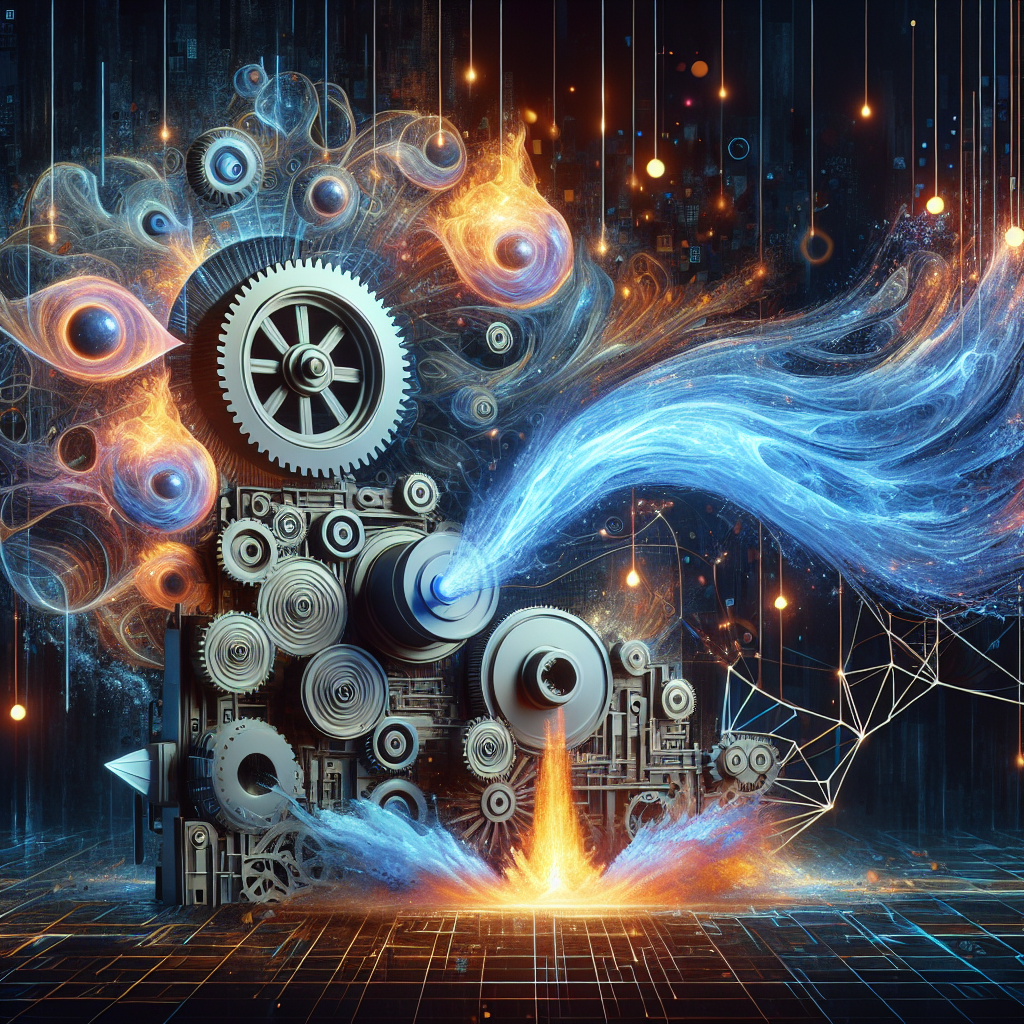Fix today. Protect forever.
Secure your devices with the #1 malware removal and protection software
Machine learning has become an essential tool in today’s technological landscape, with applications ranging from speech recognition to autonomous driving. One of the most popular techniques in machine learning is deep learning, a subset of artificial intelligence that involves training neural networks to learn and make decisions from data.
To empower your machine learning projects, it is crucial to have a strong understanding of deep learning frameworks such as PyTorch and TensorFlow. These tools provide a powerful and flexible platform for building and training neural networks, and are widely used in both research and industry.
PyTorch is an open-source machine learning library developed by Facebook’s AI Research lab. It is known for its flexibility and ease of use, making it a popular choice among researchers and developers. PyTorch provides a dynamic computational graph, which allows for easy debugging and experimentation with neural network architectures.
TensorFlow, on the other hand, is an open-source machine learning library developed by Google. It is known for its scalability and performance, making it a popular choice for large-scale machine learning projects. TensorFlow provides a static computational graph, which allows for efficient execution on both CPUs and GPUs.
To get started with deep learning using PyTorch or TensorFlow, it is important to understand the basic concepts of neural networks. Neural networks are composed of layers of interconnected nodes, called neurons, that process and transform input data to produce an output. By training a neural network on a dataset, it learns to make predictions and decisions based on the patterns in the data.
In deep learning, neural networks are typically composed of multiple layers, known as deep neural networks. These networks are capable of learning complex patterns and relationships in the data, making them well-suited for tasks such as image recognition, natural language processing, and speech recognition.
To build a deep learning model using PyTorch or TensorFlow, you first need to define the architecture of the neural network. This involves specifying the number of layers, the type of activation functions, and the structure of the connections between the neurons. Once the model is defined, you can train it on a dataset using an optimization algorithm, such as stochastic gradient descent, to minimize the error between the predicted output and the ground truth labels.
Both PyTorch and TensorFlow provide a wide range of tools and utilities to help you build and train deep learning models. These libraries offer modules for building different types of neural networks, such as convolutional neural networks for image recognition and recurrent neural networks for sequence modeling. They also provide utilities for data loading, optimization, and visualization, making it easy to experiment and iterate on your models.
In conclusion, understanding deep learning with PyTorch and TensorFlow is essential for empowering your machine learning projects. These powerful frameworks provide the tools and flexibility needed to build and train deep neural networks for a wide range of applications. By mastering the fundamentals of deep learning and leveraging the capabilities of PyTorch and TensorFlow, you can unlock the full potential of artificial intelligence and take your machine learning projects to the next level.
Fix today. Protect forever.
Secure your devices with the #1 malware removal and protection software
#Empowering #Machine #Learning #Projects #Understanding #Deep #Learning #PyTorch #TensorFlow,understanding deep learning: building machine learning systems with pytorch
and tensorflow

Leave a Reply
You must be logged in to post a comment.